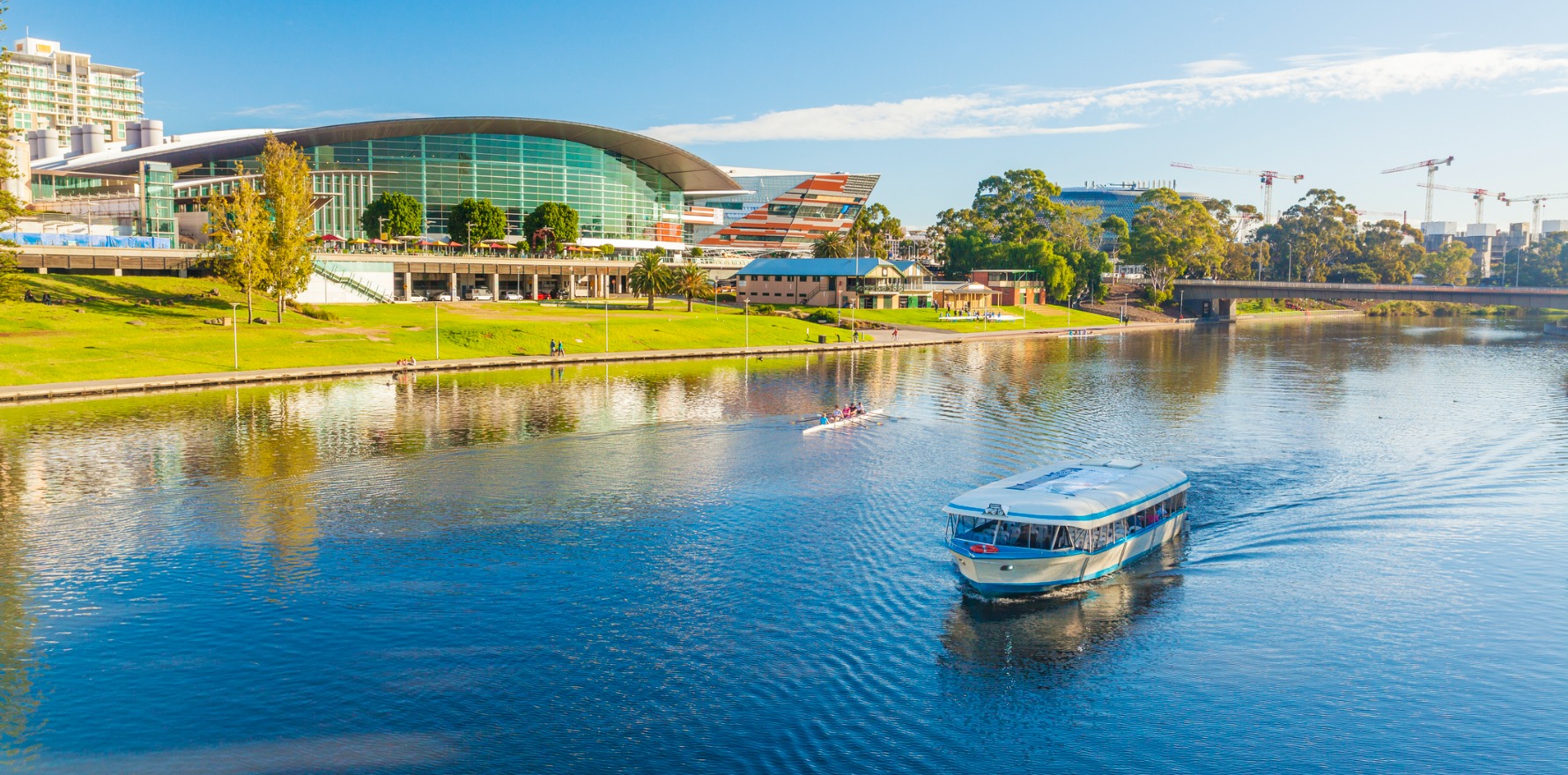A new workforce survey will strengthen the case for urgent federal government investment across the specialty. Have your say.
The Australian Rheumatology Association has embarked on a new workforce analysis to support its case for an urgent increase in the rheumatologist training rate and other sector issues.
The last workforce survey, released in 2023, found that Australia had a chronic undersupply of both adult and paediatric rheumatologists.
The survey found this shortage was likely to worsen due to an ageing workforce, a large number of rheumatologists planning to reduce workload in the short-term and a tendency for younger rheumatologists to work fewer clinical hours.
To increase the workforce and improve access to rheumatology care, the ARA proposed increasing advanced training positions through increased state and federal funding; increasing public hospital positions to allow access to affordable care; and increasing support for rheumatologists with initiatives to increase job satisfaction.
The ARA also advocated for improved patient access to specialist nursing professionals, including rheumatology and chronic inflammatory nurses, and increased support for rural rheumatology positions.
The survey found that in raw numbers, there were 380 adult rheumatologists, falling short of the 416 rheumatologists needed to fulfil the estimated ideal number, based on two rheumatologists per 100,000 adults.
Related
However, most survey respondents indicated they were not doing a full-time clinical rheumatology load, with a median of six half-days per week. Based on reported clinical workload, current numbers equated to 231 full-time-equivalent positions – well short of the 416 needed.
This situation was even worse in paediatrics, with 20 part-time paediatric rheumatologists amounting to a clinical full-time-equivalent of 13, again far from the ideal of 32 (based on one per 200,000 children).
Based on workloads, 682 adult and 61 paediatric rheumatologists were required, leaving an estimated shortfall of 302 adult and 41 paediatric rheumatologists, the survey report found.
In the lead-up to this year’s federal election, the ARA turned up the heat on the government to commit more funding to address the workforce shortage, improve access to care and advance rheumatology research in Australia.
According to the latest research undertaken by Arthritis Australia, by 2040, it is projected that the number of cases of arthritis alone will reach 5.4 million, costing $7.7 billion in direct healthcare expenditure, as well as $1.1 billion in welfare and lost tax revenue, and lost GDP of $7.2 billion.
Additionally, rheumatologists treat many diseases that are disproportionately present in the First Nations population.
“The current workforce crisis requires the nation to lift the current specialist rheumatologist training rate from 18 FTE per year to 32 FTE per year to meet international standards,” the ARA said in its election submission.
“Even with such a sizeable increase in training places, this would not be achieved until 2038. Meeting this aim would require an increase in funding for direct costs from $2.79 million per year to $4.96 million per year.
“The ARA would advocate for added consideration be given to Queensland, Western Australia and the Northern Territory in the distribution of additional funded training places to assist those states to remedy the disproportionately small numbers of rheumatologists working in those jurisdictions.”
The ARA “believes that the next iteration of the National Health Reform Agreement (NHRA) due to come into effect in 2025-26 should include provisions to improve the funding of rheumatology services, particularly in public hospitals within regional and rural Australia”.
“This approach would provide essential support for the increasing number of patients with chronic musculoskeletal and rheumatic conditions who need early and continuous supervision from a rheumatologist,” the ARA said.
“This would help ensure both their quality of life and their ability to remain employed. In addition, the impact of the shortage of rheumatologists may be partially offset by rheumatology nurses and nurse practitioners working to their full scope of practice to assist in the management of chronic rheumatic diseases.
“Their numbers on the ground, and thus their ability to meet patient needs is predicated on hospitals being appropriately funded to provide such services.
“The ARA, therefore, advocates for rheumatology nurse/nurse practitioner funding to be appropriately allocated in the relevant cost models. This will encourage the various states and health services to increase the number of rheumatology nurse/nurse practitioner positions on their staff.
Other things on the ARA’s election wish list included:
- Establish additional funded places for advanced training in paediatric rheumatology.
- Create a specific MBS item number for advanced trainees in private practice.
- Increase funding for the Specialist Training Program (STP).
- Rheumatologists in regional/rural areas to receive the same MBS loading as GPs.
- Immediate and substantial increase in the funding for the Rural Health Outreach Fund (RHOF).
- Create a national musculoskeletal and rheumatic conditions health mission from the Medical Research Future Fund, as per National Strategic Action Plan for Arthritis.
- Fund the establishment of a national network of musculoskeletal health consumer and provider voices.
- Increase the maximum age for permanent residency visa application to 50 years for applicants in highly skilled occupations, such as medical specialists.
- Commence a thorough review of the complex drugs management system.
ARA vice-president, Associate Professor Helen Keen, told Rheumatology Republic that the association had embarked on a new workforce survey to see how things had changed in the past few years.
“We’re not making much ground,” she said. “We’ve had a few small wins, but the workforce shortage is still a major issue.”
Another major issue is the whereabouts of a review into the STP which was completed in the 2024-2025 financial year. The final report was submitted to the Department of Health, Disability and Ageing (then known as DoHAC) in late 2024.
“The report, we understand, has been on the minister’s desk since before the election, so we do urgently need that access to the STP review report,” said Professor Keen.
“There are those sorts of things which we haven’t yet made progress on. There’s been some small wins, for example, an extra training position in WA our and other recommendations we made were around training of nurse clinical nurse specialists or nurse practitioners, and around item numbers for them.
“We are very committed to that, in that the ARA has created two scholarships to enable nurses to undertake Nurse practitioner qualifications. But as yet, we have not seen any buy in from the commonwealth government that has translated into better funding for nurses, or increased rheumatology nurse numbers.”
This time around, the ARA has broadened the scope of its survey to include allied health professionals, particularly nurses and also trainees, who are the future workforce.
“We’re looking to the future and hope to find out where they will practice, what their concerns are, how they see the profession, so we can better understand the future issues,” said Professor Keen.
“There’s still problems in accessing care in the community, particularly in rural and remote areas, there’s still not enough training positions, there’s still not enough nurse practitioners trained or appropriate item numbers for them, or positions in the public system for them.”
The survey will be open until the end of June. Access the consensus statement and survey here.





